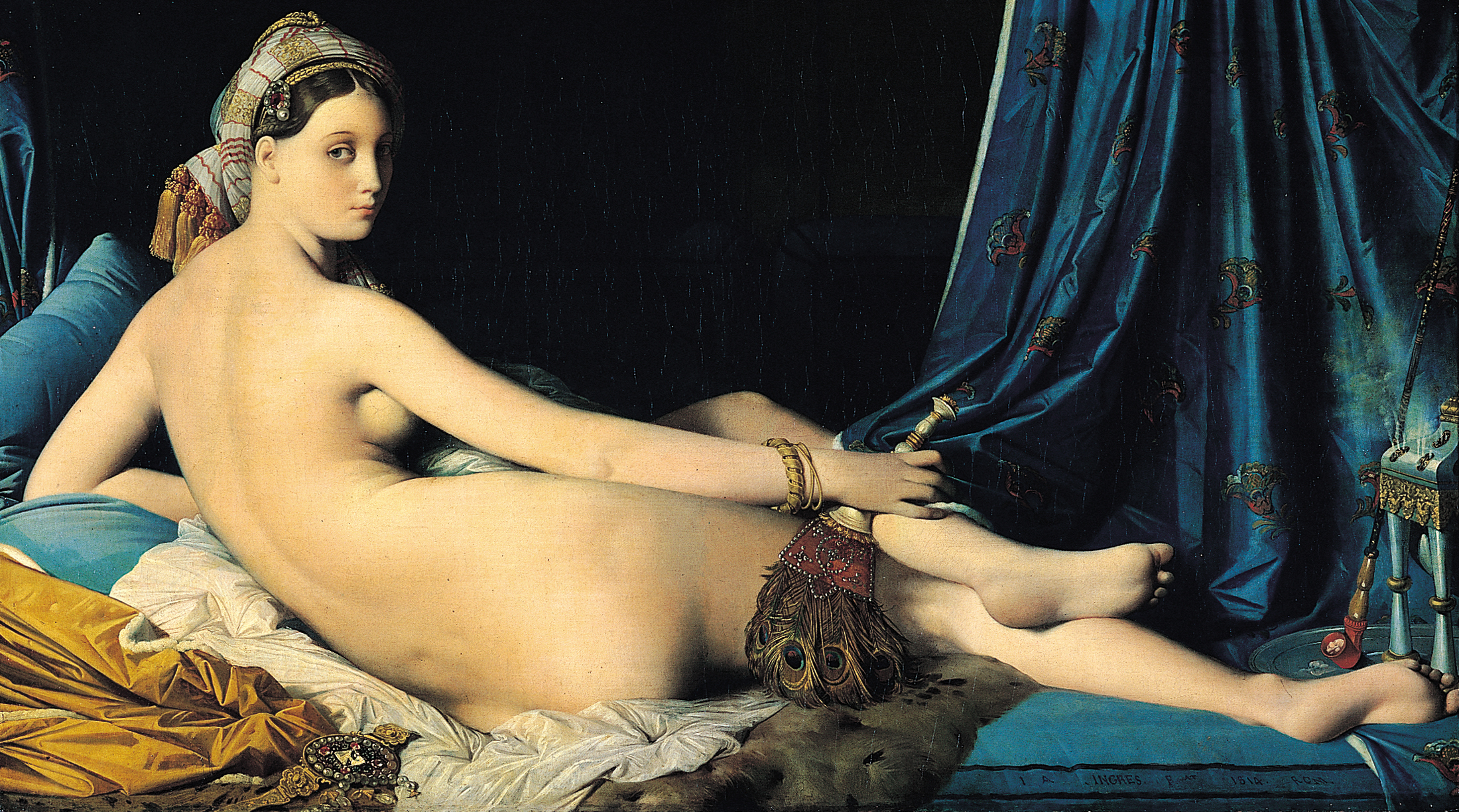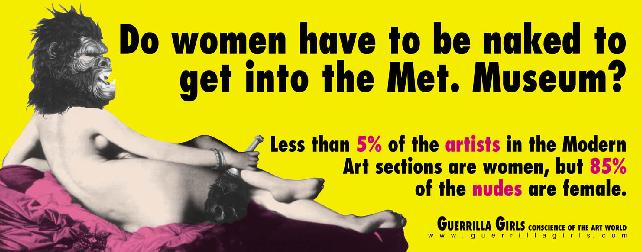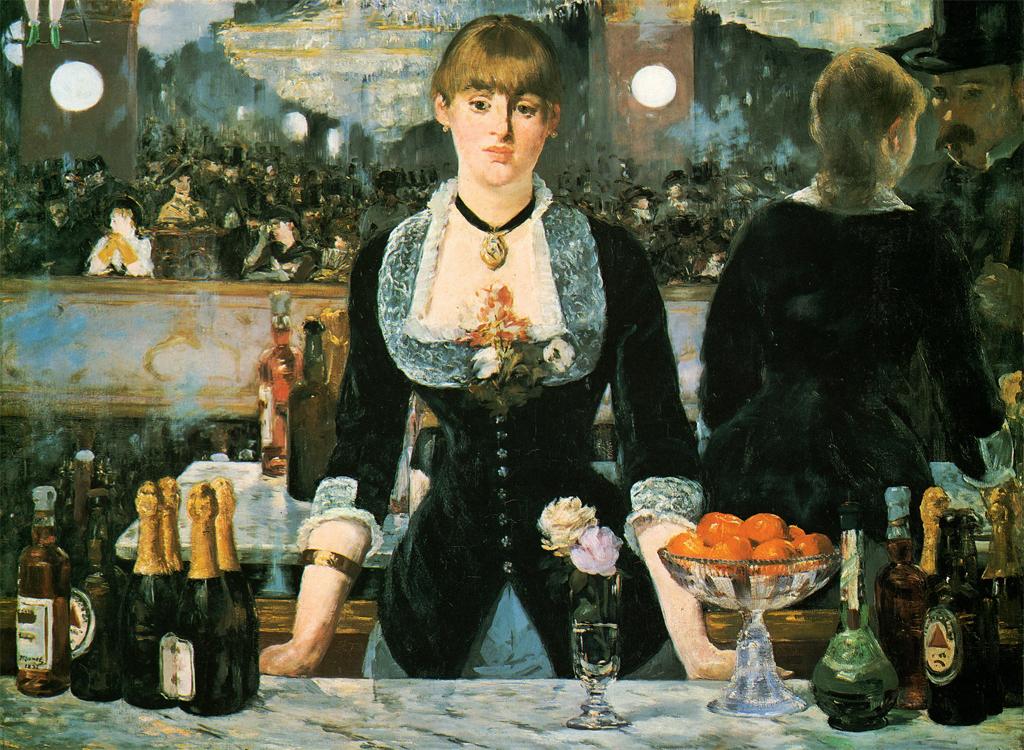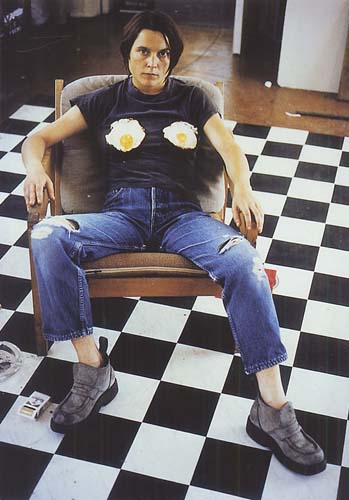Simmel suggests that 'because of the speed and mutability of modernity, individuals withdraw into themselves to find peace.' He describes this as 'the separation of the subjective from the objective life'. This painting clearly shows this, a crowd of people all seemingly separated from one another.
The phrase 'discourse analysis' is often used when talking about post-modern identity. Identity is constructed out of the discourses culturally available to us. A discourse was described as 'a set of recurring statements that define a particular cultural 'object' and provide concepts and terms through which such an object can be studied and discussed'.
- Age
- Class
- Gender
- Nationality
- Race/Ethnicity
- Sexual Orientation
- Education
- Income
The main ones that we will be looking at are often referred to as 'the others'. History has mainly been written by white, middle class, European men and everyone else has been pushed out. We will be looking at:
- Class
- Nationality
- Race/Ethnicity
- Gender and Sexuality
Class -
Many people have looked into the idea of social status and class. One of these is photographer Humphrey Spender, who created the project 'Worktown' in 1937:
Although this image looks almost comical, it is in fact the opposite. The seemingly welcoming hand being raised was actually an attempt, along with aggressive words, to get the photographer to leave. This was the kind of welcoming that the upper class photographers received frequently.
This image almost seems as a comment and critique of the North and the way in which we are seen as being uncultured.
In order to understand what class you are, you must first understand the differences between each of the classes and be able to distinguish which is which. This project was an attempt to document and understand the lower classes living in Bolton at the time that these photographs were taken. A modern photographer that has explored similar themes within their own work is Martin Parr. Here are some of his images:
These seem to make similar comments about the class system and the way in which lower class people behave. 'Society reminds one of a particularly shrewd, cunning and pokerfaced player in the game of life, cheating if given a chance, flouting rules whenever possible'.
Nationality -
Martin Parr also looks at the idea of Nationality and the way in which stereotypes are used in order to portray different people.
These ideas, however, have also been explored through other forms of visual culture as well as photography. Fashion designer Alexander McQueen and his 'Highland Rape' collection is a very good example of this.
The use of the word rape, no matter what the context, is always very evoking especially for women. 'Much of the press coverage centred around accusations of misogyny because of the imagery of semi-naked, staggering and brutalised women, in conjunction with the word 'rape' in the title. But McQueen claimed that the rape was of Scotland, not the individual models, as the theme of the show was the Jacobite rebellion.'
Race and Ethnicity -
One of the most important black artists, probably the first main black artist in England, Chris Ofili looks at the idea of perception and the way in which black people are represented within artwork.
The image on the left was a piece made shortly after a race crime in which he used imagery of the victim within the woman's tears. It is titled 'No Woman, No Cry' referring to the Bob Marley song and, typical within his work, elephant dung is used as a stand for the piece; both of these being strong representations of black culture.
The image on the right is called 'Captain Shit and the Legend of the Black Stars' and was a super hero that Ofili himself invented. He was interested in comic books but when he examined them closer, looking specifically at the super heroes, he soon realised there were no real black super heroes. Once again, the use of elephant dung helped to criticise the way in which black people are often stereotyped and portrayed.
A photographer who looked at the way in which black people were portrayed and perceived was Gillian Wearing, who won the Turner Prize for her project named 'Signs that say what you want them to say and not signs that say what someone else wants you to say' in 1992/3.
Gender and Sexuality -
'Edmund Bergler, an American psychoanalyst writing in the 1950's, went much further, both in condemning the ugliness of fashion and in relating it to sex. He recognised that the fashion is the work not of women, but of men. Its monstrosities, he argued, were a 'gigantic unconscious hoax' perpetrated on women by the arch villains of the Cold War - male homosexuals (for he made the vulgar assumption that all dress designers are 'queers'). Having first, in the 1920's, tried to turn women into boys, they had latterly expressed their secret hatred of women by forcing them into exaggerated, ridiculous, hideous clothes'.
Another image from Gillian Wearing's 'Signs'.
Many other artists starting exploring the idea of femininity and the portrayal of women within art. These include:
Sam Taylor-Wood - Portrait, 1993
Sarah Lucas - Au Naturel, 1994
Tracey Emin - Everyone I have ever slept with 1963 - 95, 1995
Postmodern Theory:
- Identity is constructed through our social experience
- Erving Goffman - The Presentation of Self in Everyday Life, 1959. Goffman saw life as 'theatre', made up of encounters and performances. For Goffman, the self is a series of facades.
Another key writer of postmodern identity theories is Zygmunt Bauman, his main books are:
- Identity, 2004
- Liquid Modernity, 2000
- Liquid Love, 2003
Bauman said 'Yes, indeed, 'identity' is revealed to us only as something to be invented rather than discovered; as a target of an effort, 'an objective''.
Andy Hargreaves also made a comment on postmodern identity, and said 'In airports and other public spaces people with mobile-phone headset attachments walk around, talking aloud and alone, like paranoid schizophrenics, oblivious to their immediate surroundings. Introspection is a disappearing act. Faced with moments alone in their cars, on the street or at a supermarket checkouts, more and more people do not collect their thoughts, but scan their mobile phone messages for shreds of evidence that someone, somewhere may need or want them.'
Barbara Kruger took the phrase 'I think therefore I am' from the philosopher Rene Descartes, and altered it so that it was applicable to a modern audience; with the iconic piece of design named 'I shop therefore I am'.
With social media being so important in modern lifestyle, it has become a huge part in the way people form their identities. Another recent development within modern lifestyles is 'Second Life', a virtual game in which you can create your ideal identity while concealing anything about yourself that you want.
Charles Handy commented on things such as Second Life, saying 'Fun they may be, these virtual communities, but they create only an illusion of intimacy and a pretence of community'
To end the lecture, we were left with this quote from Zygmunt Bauman:
'Identity is a hopelessly ambiguous idea and a double-edged sword. It may be a war-cry of individuals, or of the communities that wish to be imagined by them. At one time the edge of identity is turned against 'collective pressures' by individuals who resent conformity and hold dear their own ways of living (which 'the group' would decry as prejudices) and their own ways of living (which 'the group' would condemn as cases of 'deviation' or 'silliness', but at any rate of abnormality, needing to be cured or punished'.
+Vanity++1485.jpg)



















